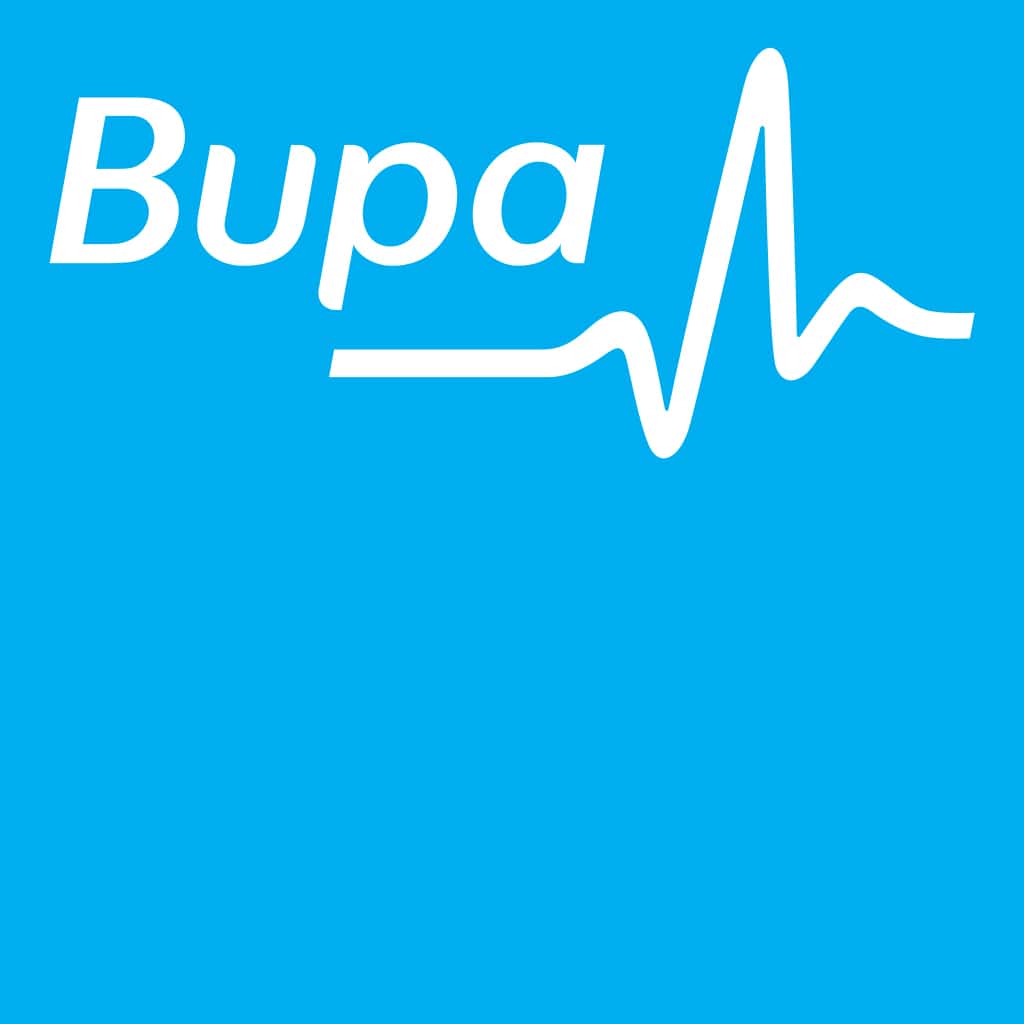Children’s
foot problems
Verrucas
Most children at some stage will develop warts or verrucas. These are harmless growths in the skin caused by a virus. Most will resolve naturally in time, but can sometimes be painful and are a cause for concern. It is best to allow the immune system adequate time to fight the virus naturally, this may take up to 2 years. In the meantime, if the verrucas are causing discomfort, we can give advice about how to manage this with simple home-care measures. If your child is older and is keen to have some treatment, there are a number of options that can be considered. This includes topical acid application, Falknors
needling (a procedure carried out under local anesthesia involving inserting a sterile needle into the verruca to help stimulate an immune response) and Swift microwave therapy
Heel Pain (Severs Disease)
This most commonly affects children between the ages of 8 and 14, particularly if they are involved in sport. The pain is located at the back of and sometimes under the heel and is caused by inflammation of the achilles tendon where it attaches to the heel bone. Recent rapid growth as well as high impact activities can contribute to the problem. Treatment usually involves reducing certain types of sport or activity, supportive footwear with adequate shock absorption, exercises and sometimes temporary heel lifts.
Toe-walking
Many children take time to develop what we would call a normal walking style and sometimes habits such as tip toeing can be noticeable for several months before they out-grow it. Some children, and it is not always clear why, continue to toe walk as they grow. It’s important to see a healthcare professional if you feel your child is toe-walking longer than they should as early intervention can be much more effective than trying to deal with the issue several months or years later. A Podiatrist can help advise you about whether your child’s toe-walking needs monitoring or further investigation by another
professional.
In-toeing
This is one of the most common paediatric conditions we see in clinic. Whilst it rarely requires treatment, it can be a cause of concern for many parents, particularly if your child is tripping often. The bones in the lower limb undergo changes in torsion and position as well as length as children grow, leading to a natural improvement in in-toeing over a period of a few months, but sometimes longer. All that is often required is reassurance that the condition will improve without any treatment, but we may give you advice about chosing certain footwear or your child avoiding certain sitting positions as this may aggravate the problem.
Flat Feet
All children have a very low or flat arch in the early years. This is entirely normal and usually changes naturally over time. However, some children continue to have flat arches even as they grow. Much of this is influenced by genetics and so we are more likely to develop a foot type that is similar to a parent or grandparent. Feet are all shapes and sizes and there is huge variation of what is considered normal. Flat feet don’t usually require any treatment, unless of course your child is experiencing pain, in which case a Podiatrist will investigate the cause of this and advise appropriate treatment. Supportive footwear, exercises or insoles may be required. If an X-ray or scan is needed to help confirm diagnosis, your Podiatrist will make a referral to the GP. Physiotherapy may be considered helpful in which case, we can make arrangements for this also.
INSURANCE
We accept private medical insurance from:






